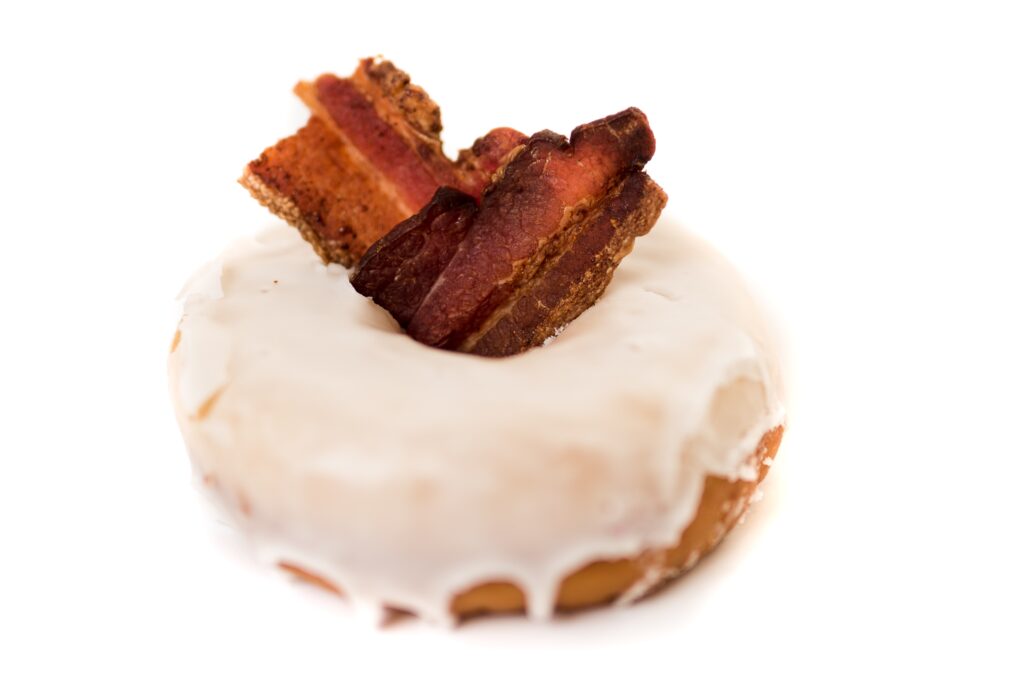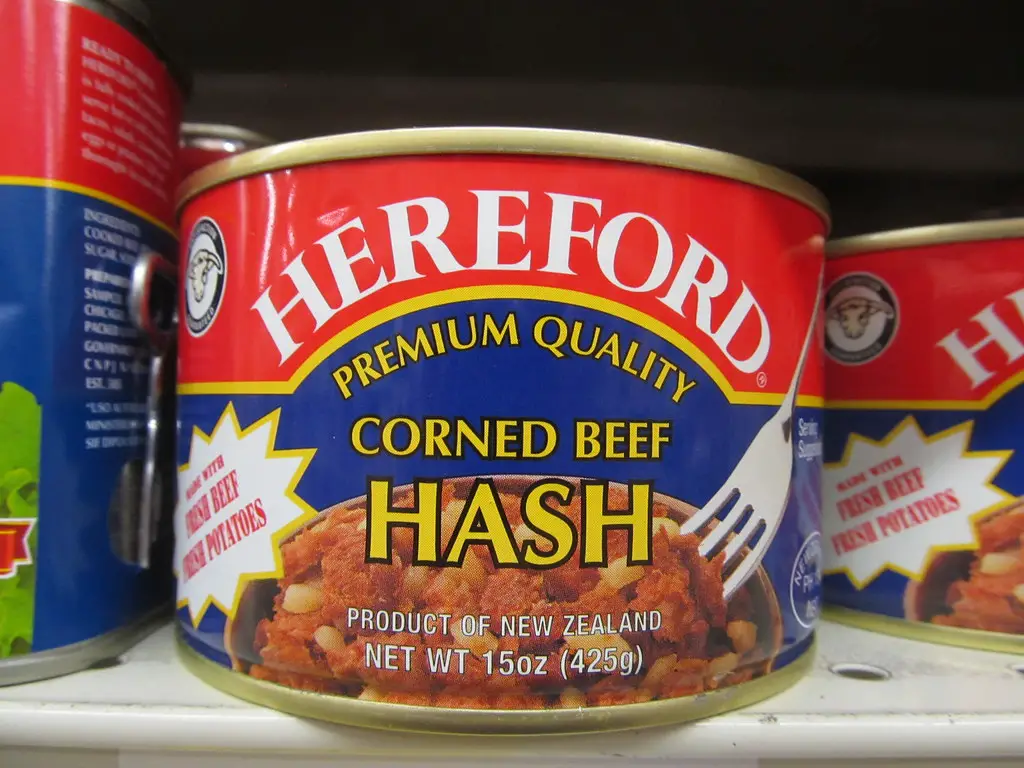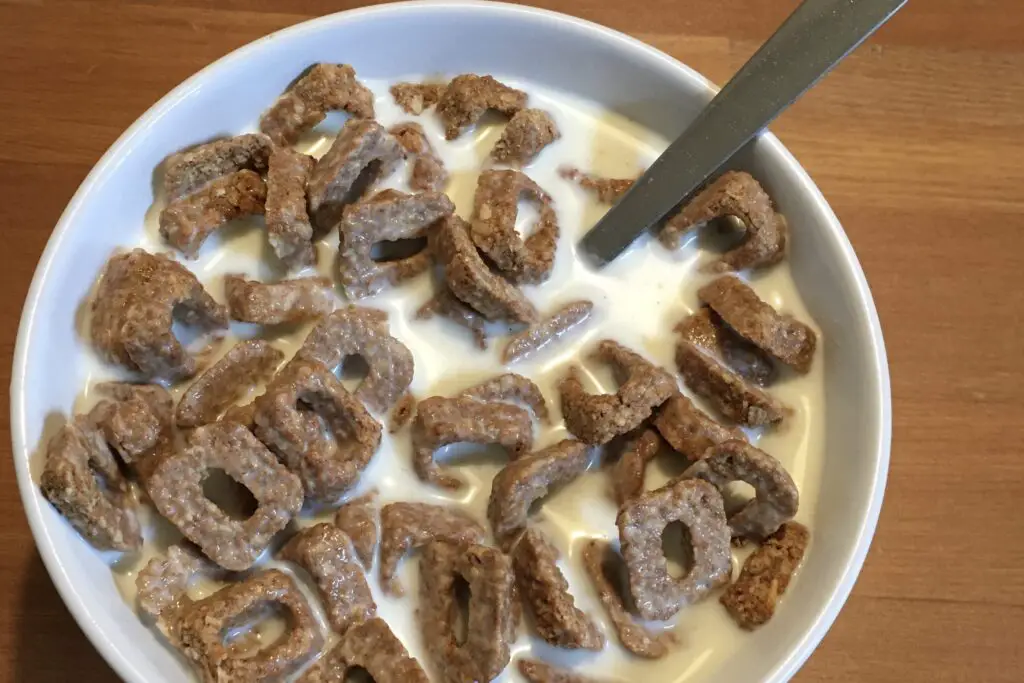1. Lard Sandwiches

Back in the early 20th century, lard sandwiches were once a common breakfast item, especially in working-class households. Lard, essentially pig fat, was spread generously between two slices of bread, often paired with a cup of coffee. At the time, it was seen as a cheap and filling meal that provided a quick source of energy before heading out for a long day of labor. There wasn’t much emphasis on health concerns, and the idea of cholesterol or saturated fat wasn’t part of the conversation.
Nutritionists today would likely shudder at the thought of starting the day with a fatty sandwich like this. With its high levels of saturated fat and zero nutritional value, it doesn’t exactly fit into a modern balanced breakfast. Yet, for many people in the past, it was an easy and inexpensive way to fuel up in the morning.
2. Fried Doughnuts with Bacon

While doughnuts are still a popular breakfast treat, there was once a time when they were served with a side of crispy bacon. This combination of sugary fried dough and salty bacon was an indulgent way to start the day for some Americans. Fried doughnuts were often consumed as a quick pick-me-up during morning commutes or at roadside stands, and the addition of bacon was a way to add a savory element to the sweetness.
From a nutritional perspective, this pairing would raise eyebrows today due to its high sugar and fat content. The doughnuts are deep-fried, and bacon is packed with sodium and saturated fat. It’s a far cry from the balanced, fiber-rich breakfast we might aim for today.
3. Beef Tongue Hash

In the 19th and early 20th centuries, beef tongue hash was a common breakfast option in some households. The beef tongue would be slow-cooked, then chopped and fried with potatoes, onions, and spices. It was a hearty, protein-rich dish that provided a filling and energizing start to the day. For many families, it was a practical way to use every part of the animal, especially when other cuts of meat were expensive or unavailable.
Nowadays, beef tongue hash might be considered too rich and heavy for breakfast. While it’s certainly a protein-packed meal, the high fat content in the tongue and its richness could cause some to steer clear of this dish. A breakfast of leaner meats or plant-based proteins is more in line with current nutritional guidelines.
4. Creamed Chipped Beef on Toast

This old-school breakfast dish, often affectionately called “S.O.S.” in military slang, was a staple for many families during the mid-20th century. Chipped beef, typically preserved in brine, was sautéed and served in a creamy white sauce over toast. It was a quick and satisfying meal, often paired with eggs or potatoes for extra substance. The creamy sauce, while comforting, was packed with butter and flour, making this a calorie-dense breakfast.
In today’s nutrition-conscious world, this dish would probably raise alarms due to its high sodium content from the brined beef and its heavy, fatty sauce. The combination of processed meats and cream makes it less ideal for a heart-healthy breakfast. Nutritionists would likely suggest a lighter, more wholesome alternative to keep things balanced.
5. Pancakes with Syrup and Butter

Pancakes have remained a beloved breakfast choice for generations, but the way they were traditionally eaten could be surprising to modern health experts. In the past, pancakes were drenched in syrup, topped with a thick layer of butter, and sometimes even powdered sugar. It was a decadent breakfast option, often reserved for special occasions but still quite indulgent.
Today, nutritionists would likely recommend cutting back on the butter and syrup to reduce excessive sugar and fat intake. The pancakes themselves, often made with refined flour, could be swapped for whole grains to boost fiber content. While still delicious, pancakes in their traditional form would not be considered the healthiest way to start the day.
6. Salted Fish and Rice

In many coastal regions, especially in Scandinavia and parts of Asia, salted fish and rice made for a typical breakfast. The salted fish provided protein and omega-3 fatty acids, while the rice acted as a carbohydrate source. The fish was often left to soak in brine for preservation, making it intensely salty. Served with rice, this was a simple yet hearty breakfast option.
Today’s nutritionists would likely be concerned about the high sodium content of this dish, especially considering how much salt was used for preservation. While the fish offers nutritional benefits, modern health trends lean toward reducing sodium intake. For a healthier alternative, a more balanced ratio of protein and carbohydrates with minimal salt would be recommended.
7. Cereal with Heavy Cream

Before the days of skim and almond milk, cereal was often drowned in heavy cream rather than the lighter options we use today. This rich breakfast provided plenty of calories and a satisfying level of richness. The cream was typically poured over sugary cereals or oats, making for a filling start to the day. Some even added extra sugar on top to enhance the sweetness.
In today’s world, heavy cream would likely be replaced with something lower in fat and calories. Nutritionists would advise switching to a lighter milk alternative to reduce saturated fat intake. The high sugar content of cereals would also be a point of concern, especially when paired with the extra richness of cream.
8. Steak and Eggs

The classic steak and eggs breakfast has long been a symbol of indulgence, especially in American diners. A large portion of steak, often fried or grilled, was paired with eggs cooked in butter or oil. This protein-packed breakfast provided a significant amount of energy, making it a favorite among those who needed a hearty start to the day. Steak and eggs were often seen as a luxurious way to begin the morning, especially for those who could afford such a filling meal.
While steak and eggs may still be popular in some circles, modern nutrition advice leans towards leaner protein sources, such as chicken or turkey, for breakfast. The high levels of saturated fat and cholesterol found in red meat, along with the calorie density of the dish, would make this a less-than-ideal choice for most people today.
